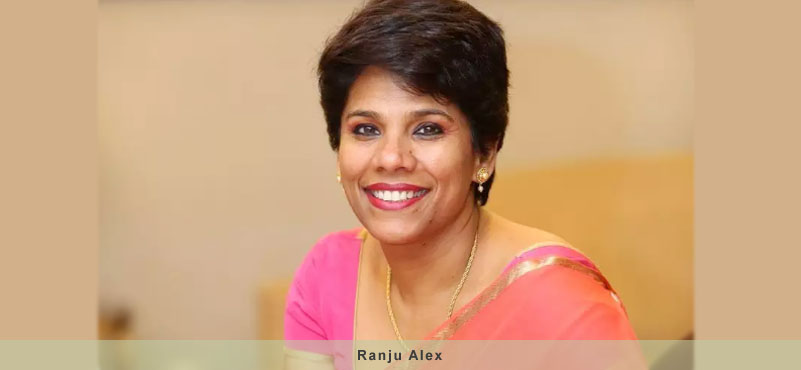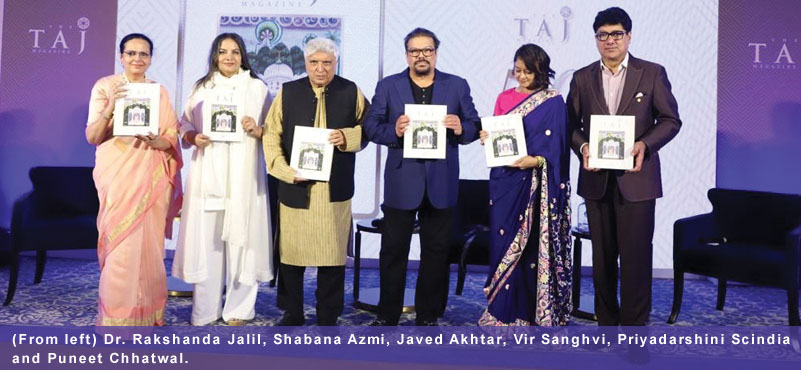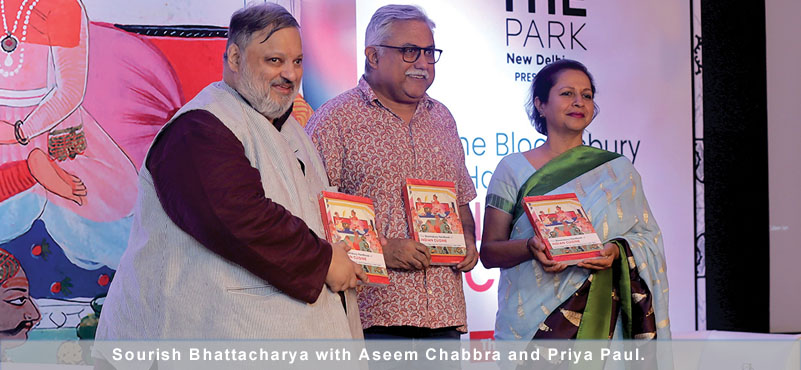The latest HVS Report decodes domestic hospitality market trends. In an interesting development, Marriott Inc., after its acquisition of Starwood Hotels and Resorts, has outpaced Taj Hotels to claim the largest inventory in the domestic market. Also, stronger occupancy numbers and average rates in 2016 have brought much respite to the industry, suggests the report. Here are some key excerpts:
 1:- Kolkata registers highest growth in supply; Delhi notches 1.9% higher average rates in 2016
1:- Kolkata registers highest growth in supply; Delhi notches 1.9% higher average rates in 2016
Kolkata saw the highest growth in supply (18.4%) last year, adding to its relatively small base of hotels, when compared to other cities. Goa and Chennai recorded the second- and third-highest growth in supply at 14.8% and 9.8%, respectively.
New Delhi continues to have the largest base of hotel rooms (14,296), followed by Mumbai (including Navi Mumbai) and Bengaluru, with 13,494 and 11,995 rooms, respectively. NOIDA (including Greater NOIDA) maintains its position as the smallest major hotel market in India with 1,422 rooms despite an increase of 7.6% in supply in 2016/17.
2:- Marriott Inc. pushes past Taj Hotels to boast of the largest inventory in the market
With the merger of Marriott International and Starwood Hotels and Resorts, Marriott has outpaced Taj Hotels Palaces Resorts Safaris (including Ginger) to claim the number one rank of the largest inventory in the country. Consequently, Carlson Rezidor Hotel Group slipped to third place, while AccorHotels has surpassed ITC Hotels (including Fortune) to occupy the fourth position this year. Oberoi Hotels & Resorts remains at the tenth position, despite the closure of The Oberoi New Delhi for renovation. Meanwhile, Lemon Tree Hotels has moved up to the eight rank, overtaking Sarovar Hotels & Resorts, and Royal Orchid Hotels has inched up to the 11 position from its previously 15 rank.
3:- GST likely to boost business; demand to outpace supply
In the past, the taxes that were applied on inputs, such as raw materials, food, cleaning supplies, and amenities, could not be adjusted against the output without multiple complications. This will now be much easier under the GST regime. Other advantages of the new taxation include administrative ease and clarity for end consumers.
Now, although, the GST at 28% for rooms averaging a rate greater than INR 7,500 is still the highest in the region, the overall impact of this indirect tax on the Indian hotel sector is likely to be favourable. All in all, with the robust growth in demand outpacing that of supply, our outlook for the nation’s hospitality industry remains optimistic, despite the initial hiccups during the GST implementation.”
4:- Market-wide occupancies up; travel and tourism sees stronger demand
The tourism industry contributed 9.3% of the total employment (both direct and indirect) in 2016. India’s Travel and Tourism sector was also the fastest growing among the G20 countries, growing by 8.5% in 2016.
Overall demand increased by 9.6% in the same period. Market-wide occupancy of 65.6% was consequently 3.5% higher than the 2015/16 performance of 63.3%. It is pertinent to note that the last time India registered a nationwide occupancy that was north of 65% was in 2007/08.
Investment Trends – 2017 and Beyond
5:- Proportionate increase in bottom-lines for hotels on the horizon
Hotel performances have arisen from their all-time low. Operating metrics in hotels are showing consistent improvements. Going forward, with increase in occupancy and average room rates, hotels will see more than proportionate increase in bottom-lines.
The stress created by the supply glut is abating. Compound Annual Growth Rate of supply over the next five years is under 7% in 12 out of the top 13 markets in India.
6:- Spotlight will be back on large asset-investments
Portfolio deals are a utopian preference of PE funds due to deal size and effort factor. Short supply of such deals is expected to put the focus back on to large asset-level investments. At some stage, banks squatting with high levels of non-performing assets will get empowered and bring more hotels to the market for disposition.
Banks or Interim Resolution Professionals (IRP) might assume control of some assets and appoint professional Asset Management teams to manage hotel operations till such time that hotel assets assume a new ownership. One can expect the new insolvency and bankruptcy act to severely challenge the status quo – debtors will no longer be able to delay the inevitable. Current activities related to beleaguered companies would create a workable template even for non- performing assets in the hotel sector. And for the potential seller of a hotel asset, this waiting game could turn dangerous.
7:- Future Trends & Opportunities
The hospitality industry is now in its second year of the much-awaited up-cycle and, it is time for industry stakeholders and investors to grab the opportunity and boost performance.
As highlighted in the previous edition, hotels in leisure markets command some of the highest average rates in the country. True to this, the top fifteen ARRs in 2016/17 were achieved by hotels located in leisure destinations. The rising purchasing power of the Indian middle class has aided the exponential growth of domestic tourism, and helped in narrowing the gap between lean and peak seasons. Further, today’s discerning travellers do not shy away from spending on upscale or luxury hotels in such destinations. However, the mindset of developers and owners presumes that leisure hotels are rarely profitable, which is clearly not the case. Leisure markets do have the ability to make money, and a lot of it; the growing demand for the same has been reflected in key leisure hotels witnessing stable occupancies and year-on-year growth in average rates over the past five years.




































